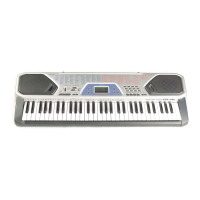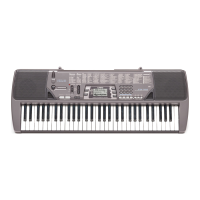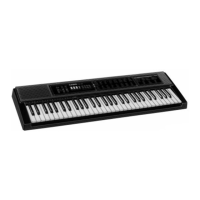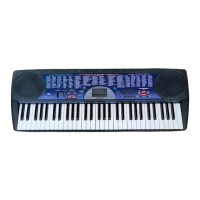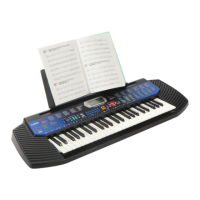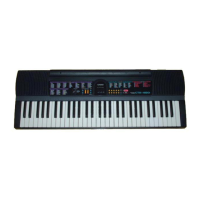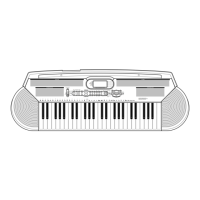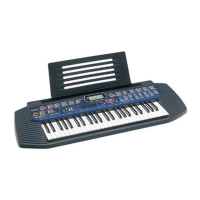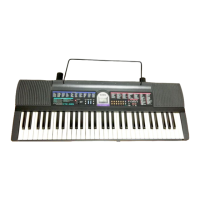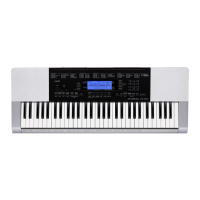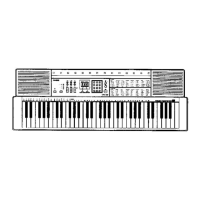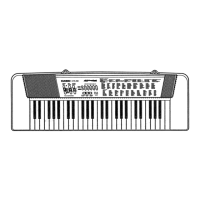Why is there static noise when I connect a microphone to my Casio CTK-491 Electronic Keyboard?
- CCorey DoyleJul 30, 2025
If you're getting static noise when using a microphone with your Casio Electronic Keyboard, it could be due to a couple of things. First, ensure you're using a full metal shielded Cannon type microphone, as recommended. Second, try moving the microphone away from any fluorescent lighting, as this can also cause static.
